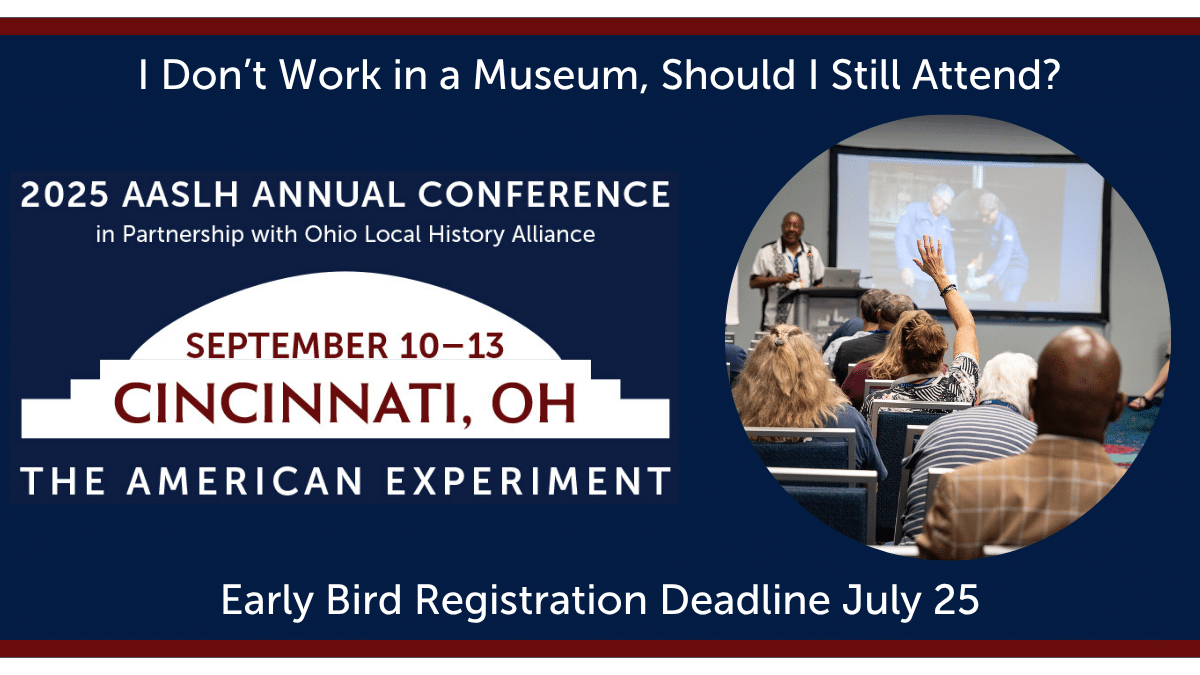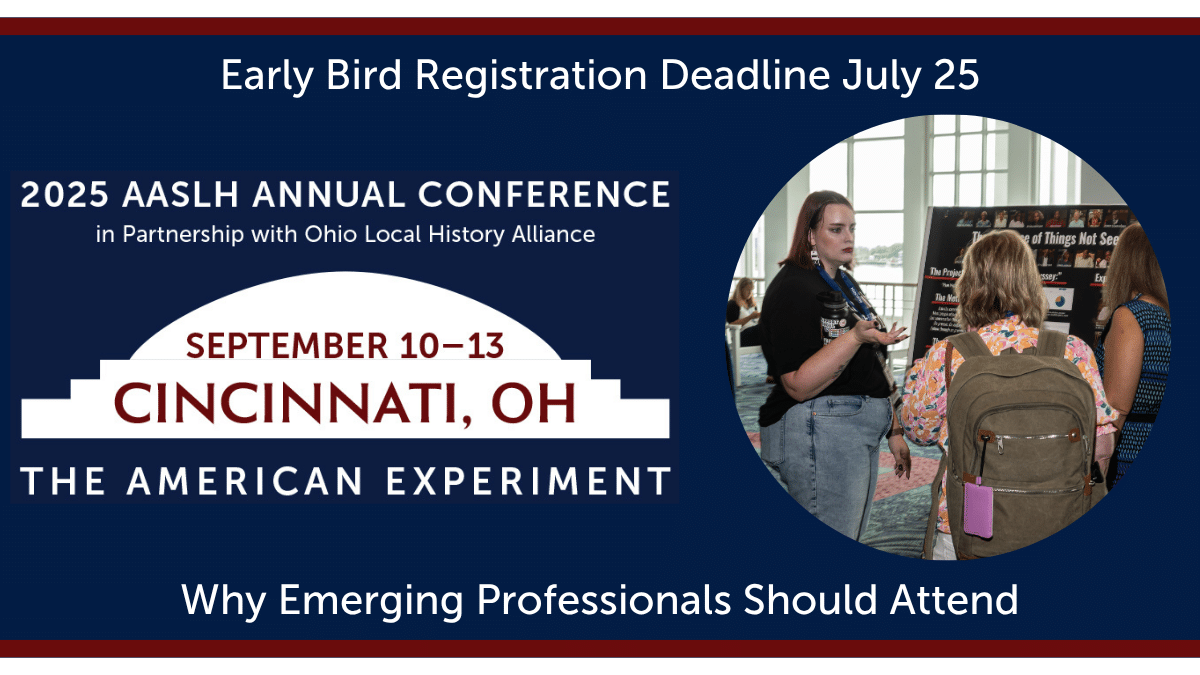Professor Bruce W. Dearstyne, long an articulate and passionate voice on behalf of what he describes in his newest book as the “historical enterprise” in New York State and beyond, has produced a concise yet powerful manual that holds much value to those in the field. Dearstyne defines the historical enterprise as including “historical societies, history museums, historic houses, state historical agencies, archives and similar programs.” Though noting that the work of these institutions is of “immense consequence,” Dearstyne does not shy away from the very real and daunting challenges that face this field.
Dearstyne outlines these challenges in Chapter One by noting that the historical enterprise is at a crossroads and that the very future of history in the United States is at stake. Correctly, Dearstyne refers to the chronic short shrift that history (and the humanities in general) receives in the modern school system as helping to lead to plummeting attendance and support for history-based institutions.
Without delving too deeply into what came first; a lack of public interest in history resulting from a lack of history being prioritized by the nation’s STEM-based school technocracy, or the lack of history being prioritized in school curriculums as a result of a lack of public interest in history, Dearstyne outlines the reality that business as usual is no longer an option for the historical enterprise and he does not shy away from this reality.
Nor does he shy away from big and controversial realities such as the lack of diversity of all kinds, not only within the historical enterprise itself but also within the institutional histories of many of the organizations within the field. Noting that a typical historical society or historical house museum was most likely started by a prominent (white) person, family or group to house a collection of predominately locally important artifacts and often did not have a clear sustainable plan for the inevitably changing future, Dearstyne rightly describes the challenge of remaining relevant in an increasingly diverse United States.
Recently, First Lady Michelle Obama spoke at the opening of the new Whitney Museum of American Art in New York City and described her own feelings of alienation from the museum world growing up as a young black woman. Obama was speaking about major art institutions like the Whitney, but she could easily have been talking about the majority of historical societies and historic house museums in this country. This is something all entities within the historical enterprise must confront to ensure future relevance and sustainability.
Dearstyne provides us with a roadmap for meeting these momentous challenges. He correctly describes the need for true creative and visionary leadership within the historical enterprise and what such leaders should do to meet the challenges outlined in his first chapter. While I agree wholeheartedly that this type of visionary leader is essential for historical entities to succeed, I do note that Dearstyne seems to omit a particular challenge in this regard: for the type of creative, dynamic and visionary leadership described by Dearstyne to exist in the historical enterprise, there must be somewhere for them to be properly trained, motivated and, perhaps above all, paid at the level the demands of the positions require. For too long the historical enterprise, and indeed the entire museum field, has almost exclusively relied on a person’s passion for the work to offset the fact that wages in the field are extremely low when based upon the educational requirements and experience needed to perform the jobs.
Passion is great and indeed vital to do any work well, but it does not put food on the table. In the historical enterprise specifically, budgets are often so small that paying the type of wage that the visionary leaders in the field deserve is nearly impossible. And rarely does a student at a graduate level Museum Studies or Public History program—possibly in debt to the tune of tens of thousands of dollars upon graduation—envision themselves working at the local historical society for $25,000 a year with no benefits. Again, this is a challenge to the field’s long-term sustainability.
Dearstyne provides a potential answer to this budgetary reality in the form of his chapter on advocacy. Providing important pointers on the need to integrate advocacy into the development plan of any organization, Dearstyne illustrates the vital role a well formulated advocacy strategy can play in the success of a historical enterprise. However, far too often, organizations come to the advocacy table only after funding or some other kind of support has been cut or eliminated altogether. This type of “action by emergency” cannot be the model; advocacy must me the continual effort of building and maintaining relationships with policy makers at every level, not something that happens only when the cutting begins.
And, I would argue from my years spent working for the New York State Assembly that advocacy should begin and end locally; once-a-year visits to Capitols have limited and marginal value. Instead, an organization must develop the relationship with their elected officials in the community. It should be a part of community building and community building is the essential part of sustaining the historical enterprise into the future. An organization, no matter its size, that is actively and positively engaged with its local community on several levels will not perish. The community simply will not allow it. Conversely, an organization that has become aloof and stagnant while the community around it changes and evolves is almost certain to suffer.
Professor Dearstyne’s book, like all great books, leaves us with much to ponder and much to discuss. I heartedly recommend it to anyone working directly or indirectly within the historical enterprise and to all others who love their shared history. And I ask that those who read it carefully apply the insightful suggestions Dearstyne outlines within their own organizations to help ensure that our history has a future.




